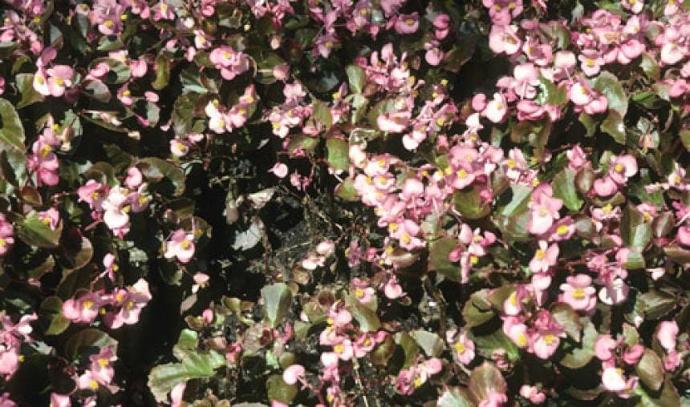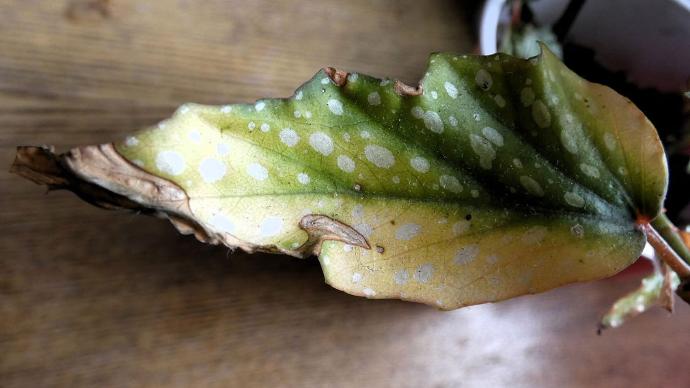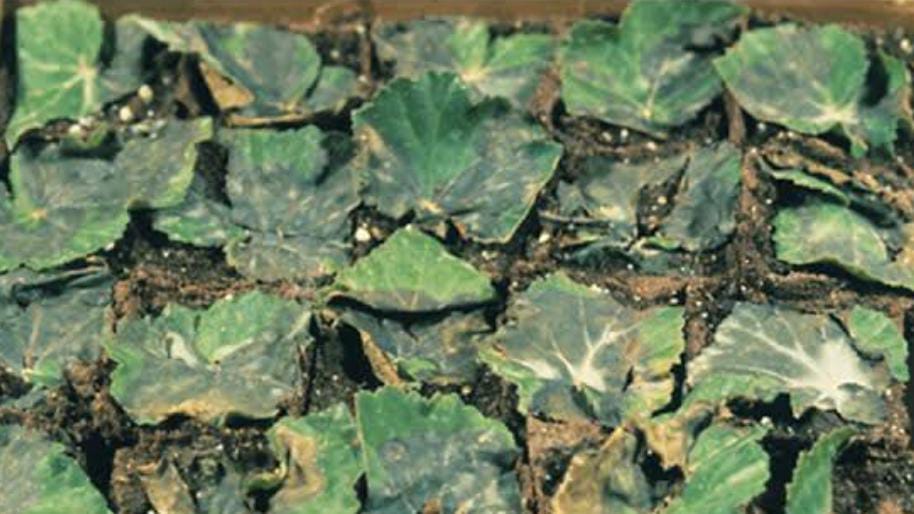Begonia Plant
Begonias are versatile flowering plants that thrive in well-draining soil and partial shade. Keep the soil consistently moist but not waterlogged. Deadhead spent flowers to encourage continuous blooming, and provide occasional fertilization during the growing season.
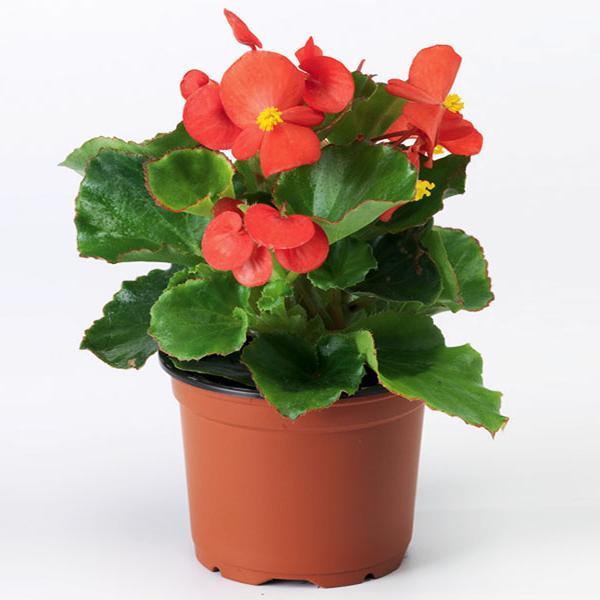
Habit
Perennial
Height
0.3-0.6 m
Growth
Moderate
Soil
Well-drained, humus-rich soil
Shade
Partial shade to Full Sun
Moisture
Moist
Edible
No
Medicinal
No
Origin
Tropical regions
Climatic Condition
Tropical
Temperature (°)
18-24°C
Humidity (%)
60-80%
Potting media
Peat-based mix
Fertilizers
Balanced fertilizer
Watering
Keep soil consistently moist; avoid waterlogging
Plant Weight
0.5-2 kg
Flowering Time
Varies
Soil Ph level
5.5 - 6.5
Water Ph level
5.5 - 6.5
Soil EC
0.3 - 0.7
Yield Per Plant
Ornamental use
NPK ratio
20:20:20
life Span
Perennial
Health Benefits
Suggested Grow Media or Potting Mix ?
40% peat moss, 30% perlite, 30% compost
Suggested Fertigation/Fertilizers
Fertilize every 2 weeks with a balanced fertilizer.
Common Diseases and Remedies
Bacterial leaf spot, rhizoctonia crown rot .
Yellow halo on leaves, water soaked areas, stem rot at soil line, webbing.
Remove infected plant parts, more spacing.
HEALTH BENEFITS
Some species are used in traditional medicine for treating colds and inflammation
· Contains vitamin C and antioxidants
· Mildly antibacterial
What Is Begonia
Begonia plants are a diverse group of flowering plants that belong to the genus Begonia, which includes over 1,800 different species. They are known for their colorful and showy flowers, as well as their attractive foliage. Begonias are popular ornamental plants grown for their beauty and versatility. They can be grown indoors as houseplants or outdoors in gardens, containers, or hanging baskets, depending on the species. Begonias come in various shapes, sizes, and colors, making them a favorite among gardeners and plant enthusiasts alike.
What Are Different Types Of Begonia
1. Tuberous Begonias:
These begonias have large, showy flowers and are often grown in pots or hanging baskets. They are popular for their bright colors and long blooming period.
2. Rex Begonias:
Rex begonias are known for their colorful and textured leaves. They are grown for their foliage rather than their flowers and are often used as houseplants.
3. Cane Begonias:
Cane begonias have tall, bamboo-like stems and large, glossy leaves. They can grow quite large and are often used as focal points in gardens or as indoor plants.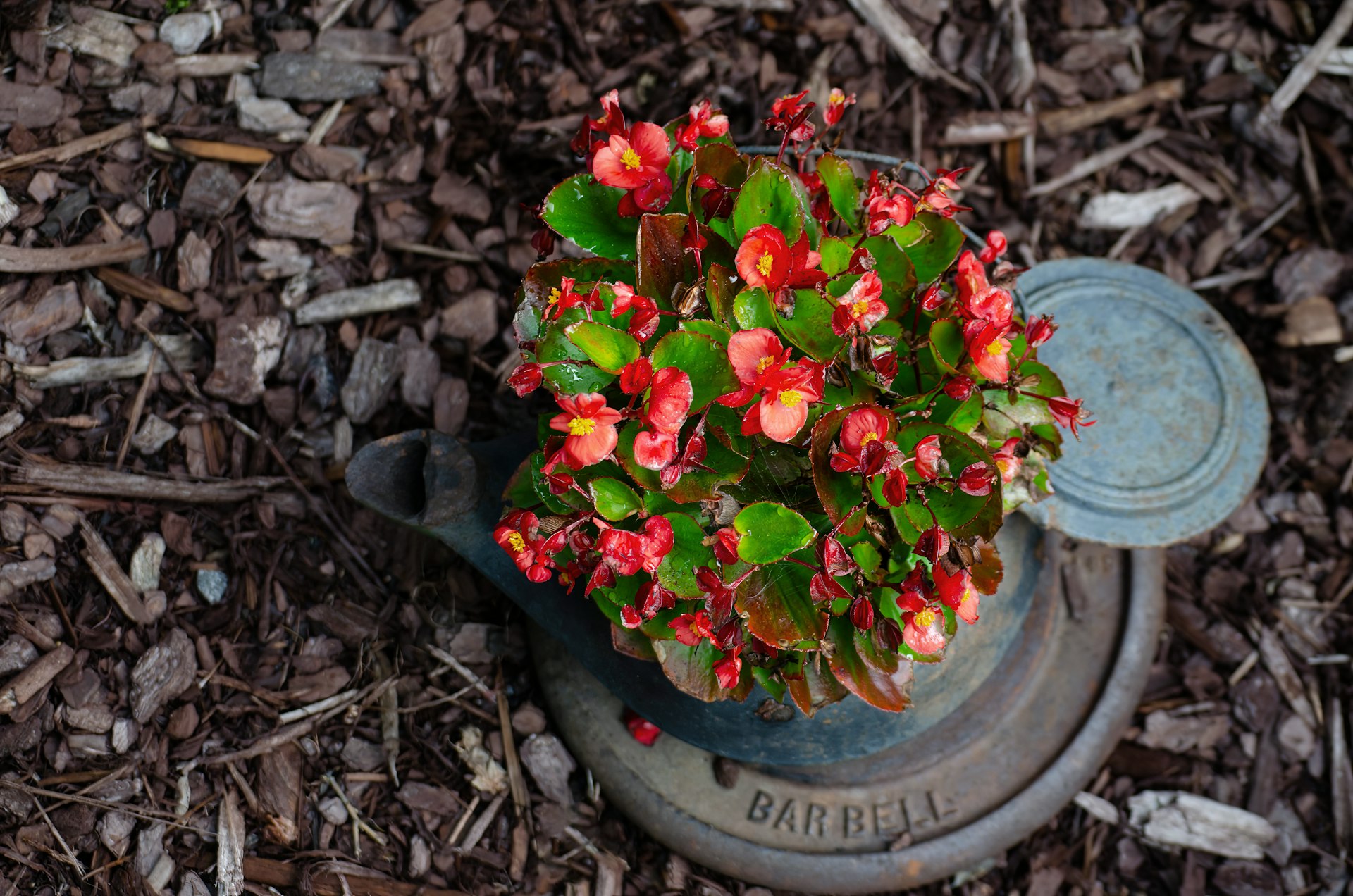
How To Care Begonia
Location
1. *Indirect sunlight*: Most begonias prefer bright, indirect sunlight. Direct sunlight can scorch their leaves, so it's best to place them in a location where they receive filtered light or morning sun.2. *Warm temperatures*: Begonias prefer temperatures between 65°F and 75°F (18°C to 24°C). They are sensitive to cold temperatures and should be protected from drafts and sudden temperature changes.3. *Humidity*: Begonias prefer high humidity, so they may benefit from being placed in a bathroom or near a humidifier. Alternatively, you can place a tray of water near the plants to increase humidity.
Sun light
Begonia plants prefer bright, indirect sunlight. They can tolerate some morning sun but should be protected from harsh afternoon sunlight, which can scorch their leaves. In general, begonias do best in locations where they receive filtered light or partial shade.
Soil
Begonia plants prefer well-draining, humus-rich soil. A good potting mix for begonias is one that contains peat moss, perlite, or vermiculite to ensure good drainage. Avoid heavy soils or those that compact easily, as they can lead to root rot. Adjusting the soil pH to slightly acidic conditions (around 6.0 to 6.5) is also beneficial for begonias.
Hydration
Begonia plants should be watered thoroughly whenever the top inch of soil feels dry to the touch. This typically means watering them about once or twice a week, but the frequency may vary depending on factors like the plant's size, the type of potting mix used, and the environmental conditions. Avoid overwatering, as this can lead to root rot.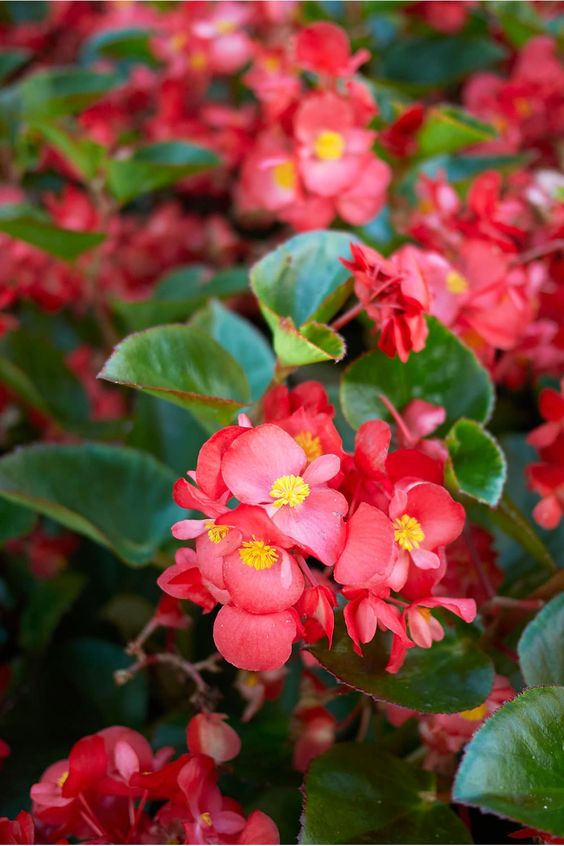
Nourishment
Begonia plants require several key nutrients for healthy growth:
1. *Nitrogen (N)*: Nitrogen is important for leafy growth and overall plant vigor.
2. *Phosphorus (P)*: Phosphorus is essential for root development, flowering, and fruiting.
3. *Potassium (K)*: Potassium is important for overall plant health, stress tolerance, and disease resistance.
Issues
1. *Powdery Mildew*: A fungal disease that appears as a white, powdery coating on the leaves. It can be controlled with fungicidal sprays and by improving air circulation.
2. *Botrytis Blight*: Another fungal disease that causes brown spots on leaves and flowers. It thrives in humid conditions and can be controlled by removing affected plant parts and improving air circulation.
3. *Root Rot*: Caused by overwatering or poorly drained soil, root rot can cause the plant to wilt and eventually die. To prevent root rot, ensure the soil is well-draining and water the plant only when the top inch of soil is dry.
4. *Aphids*: Small, sap-sucking insects that can cause leaves to curl and distort. They can be controlled with insecticidal soap or neem oil.
What Are The Benefits Of Begonia
Growing begonia plants provides colorful flowers or foliage, depending on the variety. They are versatile, suitable for both indoor and outdoor settings. Begonias are relatively easy to care for and can thrive in various conditions.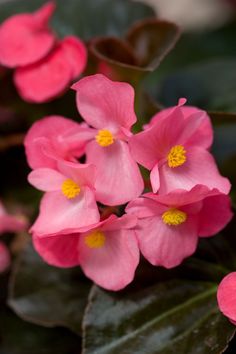
FAQ's About Growing Begonia
1. How much sunlight do begonias need?
Begonias prefer bright, indirect sunlight. They can tolerate some morning sun but should be protected from harsh afternoon sunlight.
2. How often should I water my begonia plants?
Water begonia plants when the top inch of soil feels dry to the touch. Avoid overwatering, as this can lead to root rot.
3. What type of soil is best for begonias?
Begonias prefer well-draining, humus-rich soil. A peat-based potting mix with perlite or vermiculite works well.
4. Do begonias need fertilizer?
Yes, begonias benefit from regular fertilization during the growing season. Use a balanced fertilizer with an NPK ratio appropriate for flowering plants.
5. How do I propagate begonia plants?
Begonias can be propagated from stem cuttings, leaf cuttings, or division. Each method has its own specific steps and requirements.
